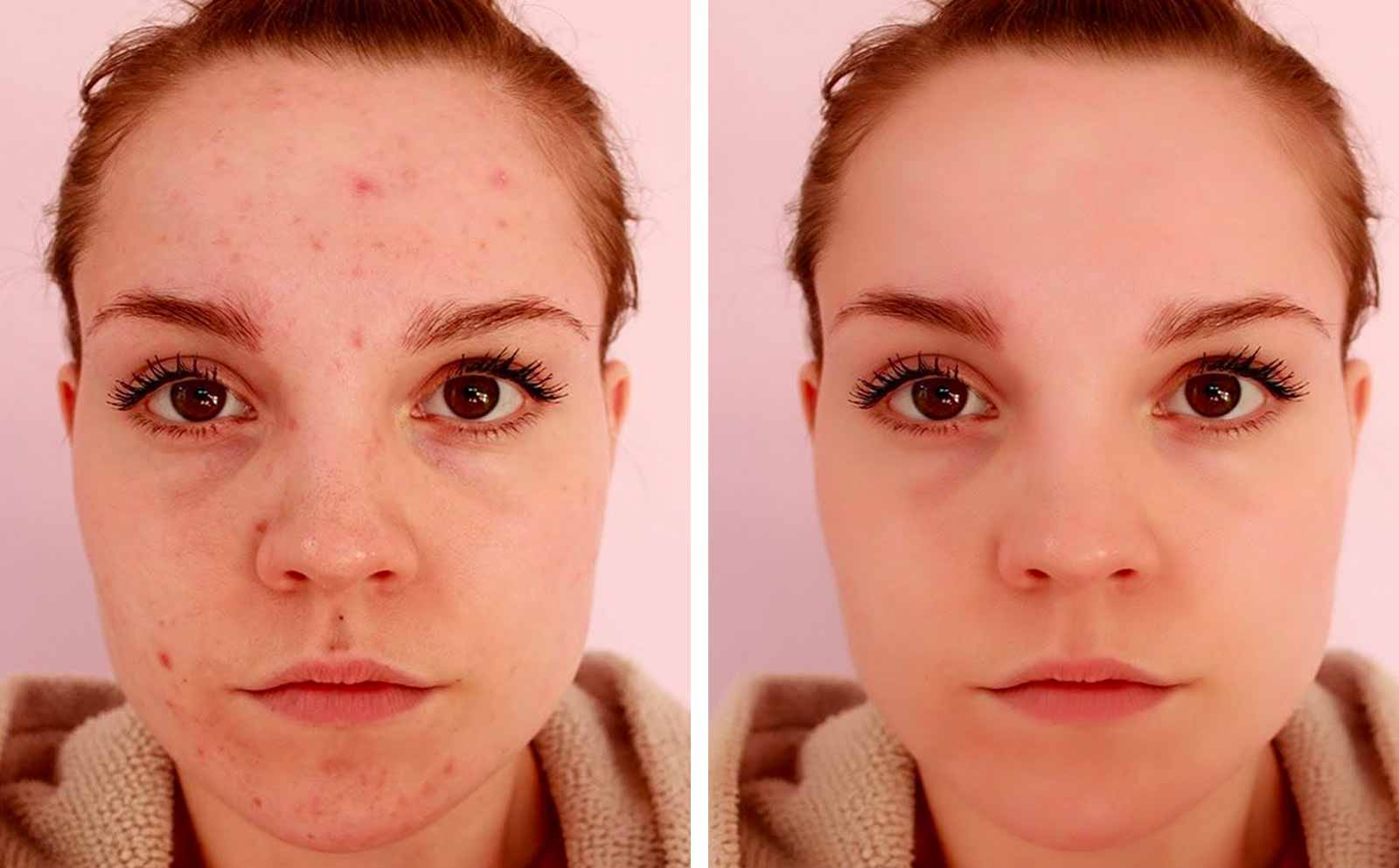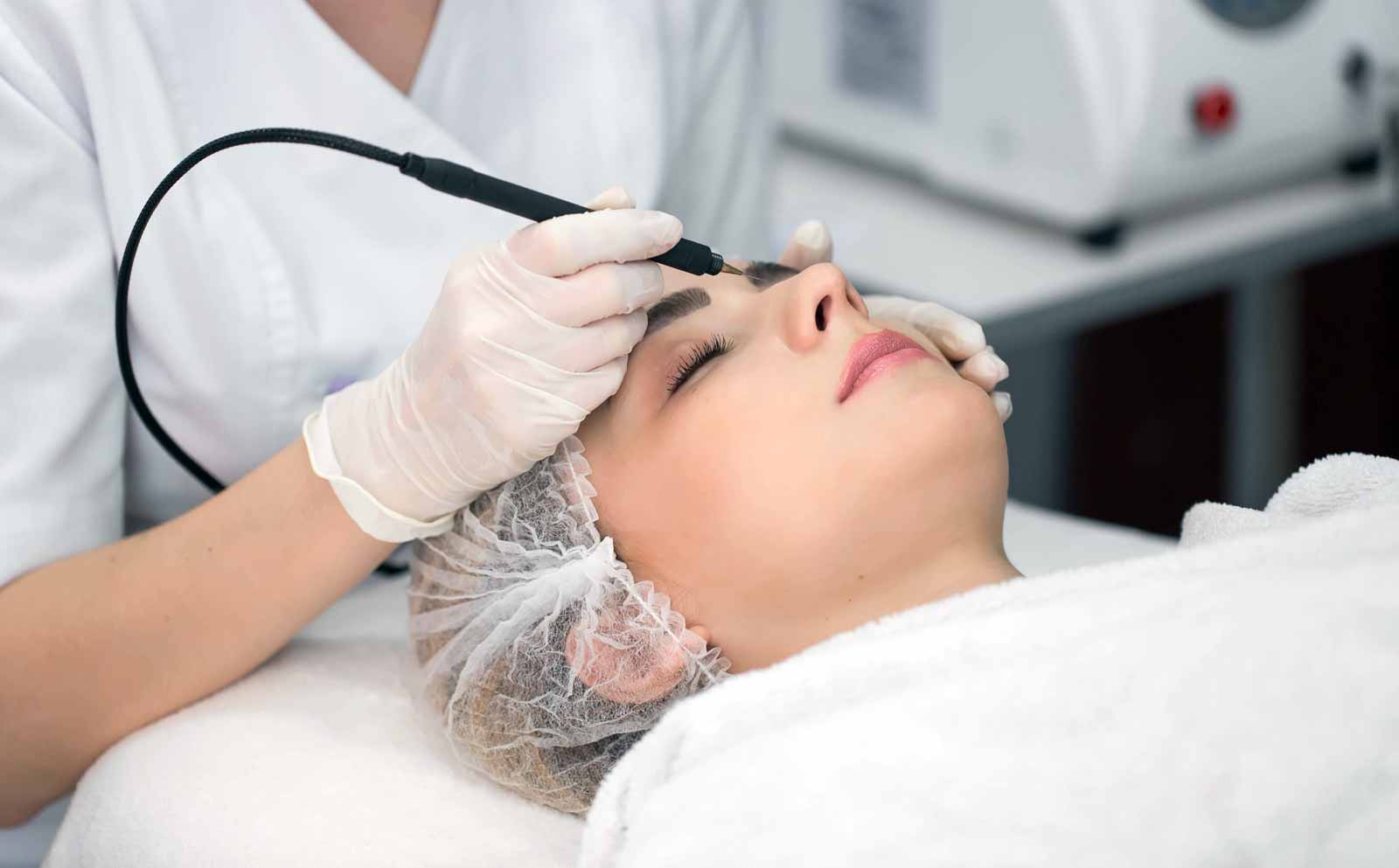Skin Blemishes & Disorders
A wide diversity of skin blemishes and disorders can be quickly and easily treated with immediate and effective results offering an eventual blemish free smooth skin.
At Hill Street Clinic we use both an alternating current and plasma energy to treat a series of skin lesions such as as blood spots, milia, moles, facial thread veins, skin tags, warts and spider naevi.
A small single use probe (about the size of an eyelash) will gently touch the surface of the skin, a slight burst of energy is expelled and a small sting may be experienced. This procedure will be repeated a number of times. Some skin lesions can be stubborn and more than one treatment is often required.

Duration
10 minutes for single blemishes. In the case of numerous blemishes it will be discussed during the consultation.
Anaesthesia
None. Numbing cream available
Downtime
None to minimal
Contraindications
Keloid scarring. Cancer, a heart disorder, epilepsy or diabetes
No. of treatments
Treated blemishes do not return. However, in some cases, new ones may form depending on the underlying cause.
Final result
Instantaneous results in many cases
Suitable for
Facial thread veins, spider naevi, blood spots, skin tags, milia, warts, papulose nigra an dseborrhoeic keratosis.
FREQUENTLY ASKED QUESTIONS
Are there any skin conditions that stop me being able to have a treatment?
Advanced cosmetic procedures can only be performed on a healthy skin. If there is any evidence of a skin disease or disorder in the treatable area then treatment may not commence. Some conditions may prevent treatment until the skin has healed e.g. cold sores, eczema or active acne etc. Some conditions may prevent treatment such as vitiligo. During the consultation the area to be treated will be assessed to determine if you are suitable for treatment.
I have a pacemaker, can I have this procedure?
Unfortunately, advanced cosmetic procedures utilising an alternating current is not offered to clients with a pacemaker. This is for the safety of the client.
Are there any side-effects?
When performed correctly by a skilled practitioner it is perfectly safe. On your first appointment you should be given a full consultation to discuss your medical history and any reasons the treatment cannot be performed. Following your treatment the practitioner will go through the aftercare advice and apply a soothing aftercare gel. It’s essential you follow the advice to prevent any unwanted reaction.
Does the procedure hurt?
It can be a little uncomfortable for many people but others can fall asleep during treatment. During the treatment a tiny sterile probe is introduced into the opening of the blemish. A small burst of energy is released and a sensation will be experienced like a tingle, heat or a minor sting. Everyone has their own individual pain threshold which can be affected by a number of factors:
- Individual pain thresholds – this can be affected by health, stress, time of
menstruation etc - Area to be treated
- Strength and size of hair
- Skin sensitivity
- Type of current use
One thing that you can depend on is that it works so any minor discomfort is well worth the results.
How will my skin look after the treatment?
A slight reddening and/or swelling of the skin in the area. Warmth in the area that has been treated. Pin dot crusting in the area that has been treated. The skin may feel itchy as it heals.
What blemishes can be removed with diathermy?
A wide diversity of skin blemishes can be treated:
- Facial Thread Veins – commonly found around the nose and on the cheeks
- Blood Spots – bright red vascular blemishes frequently found on the midriff, back or front
- Spider Naevus – a central dilated capillary with smaller capillaries like the legs of a spider
- Skin Tags – Commonly found on the neck, underarm and areas of friction
- Milia – Tiny white hard lumps containing keratin
- Warts – Various types such as, common, seborrhoeic and verrucas
- Dermatosis Papulosa Nigra – Common disorder found on black skins
- Moles – The mole can be visibly reduced. Some blemishes may require your GP’s consent prior to treatment.
What are the side-effects?
Common side-effects include: pain, possible scabbing (crusting) and temporary swelling. Some very rare side effects are pitting, light scarring and hyper-pigmentation.


